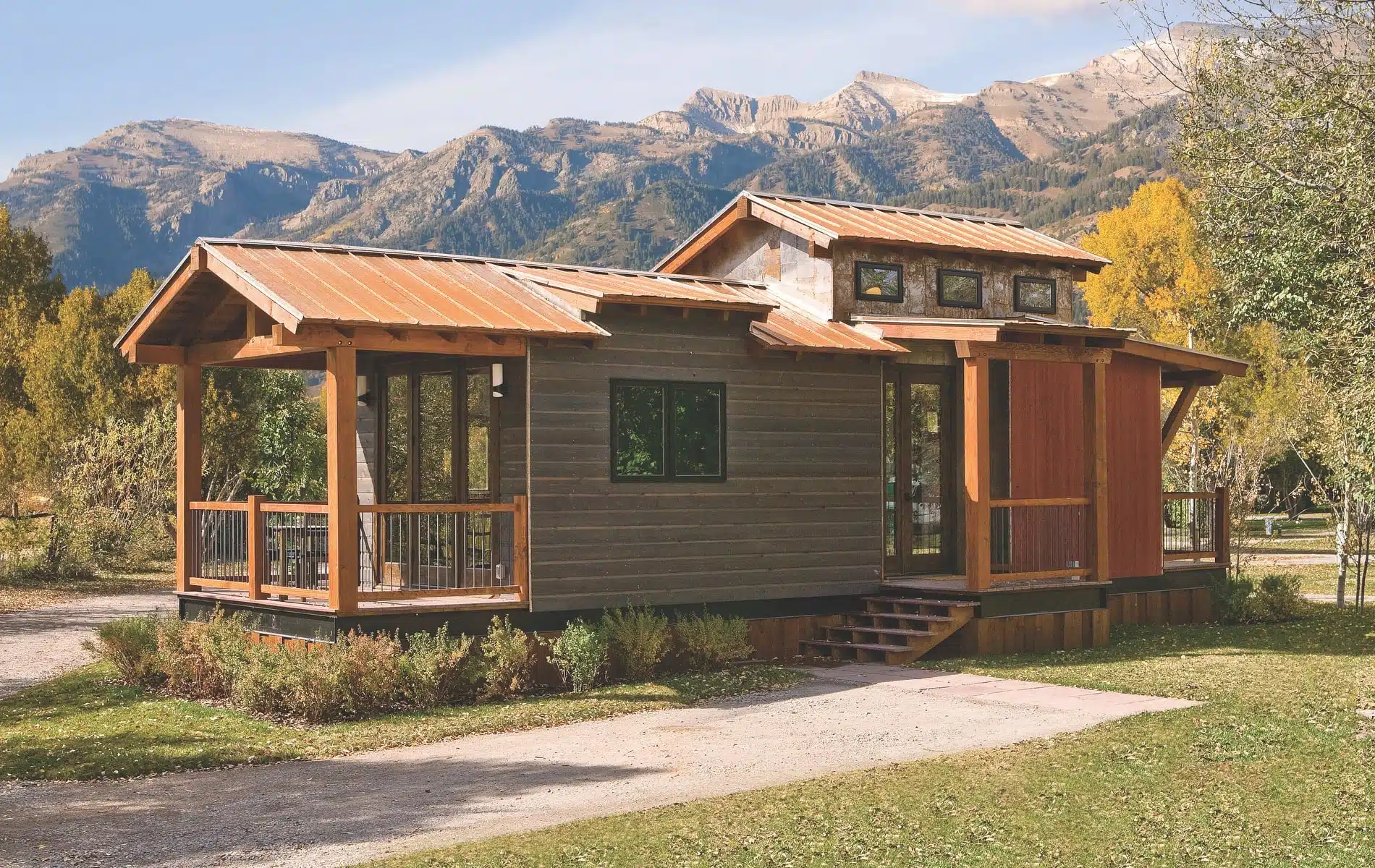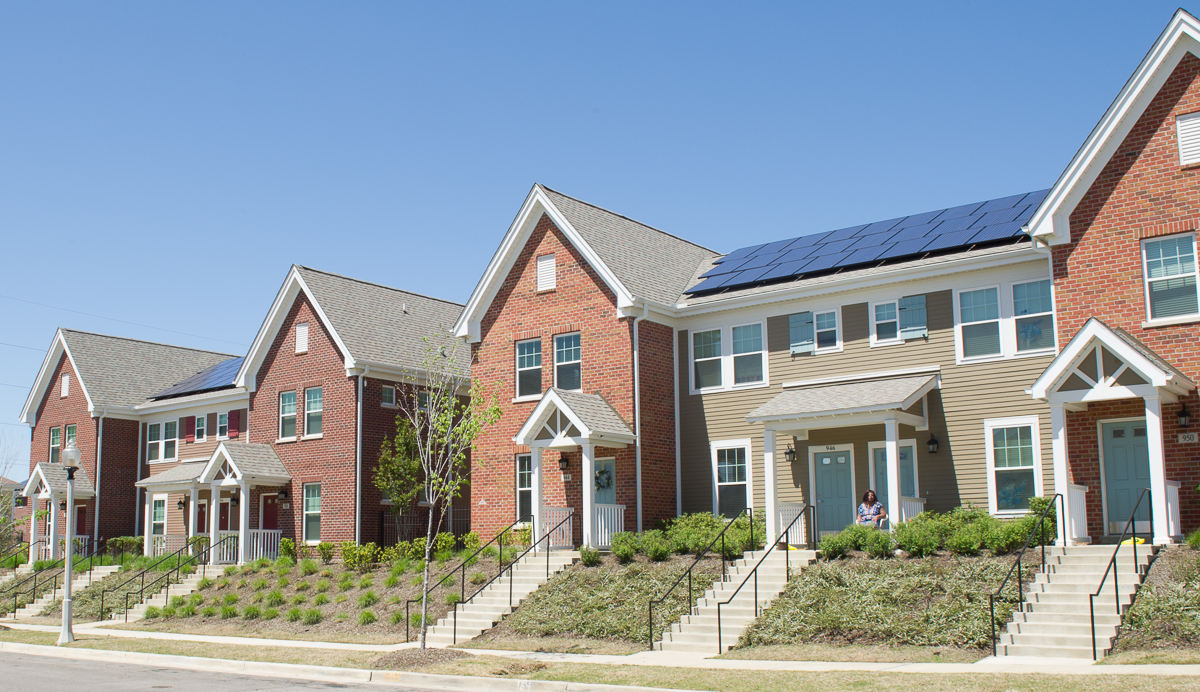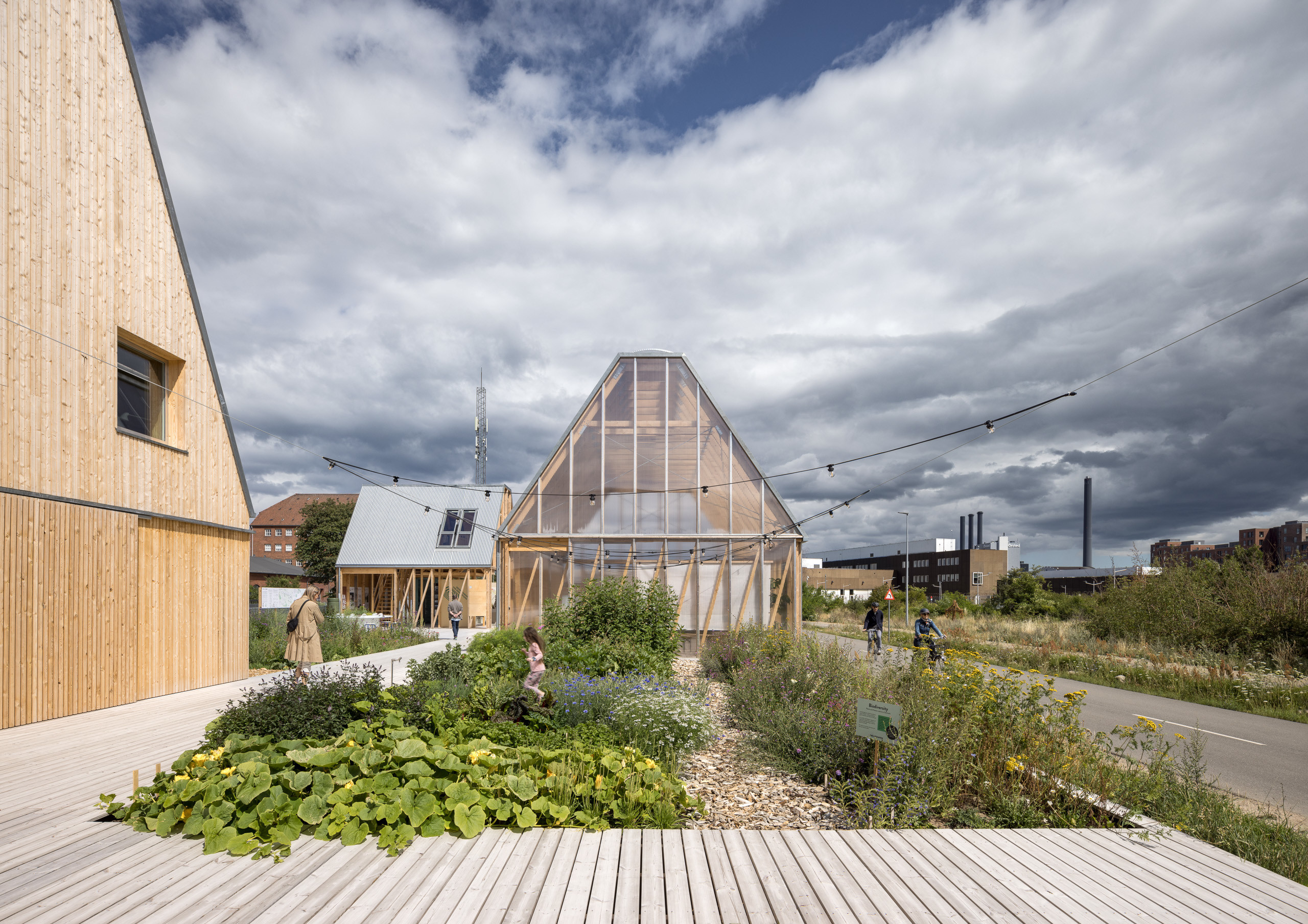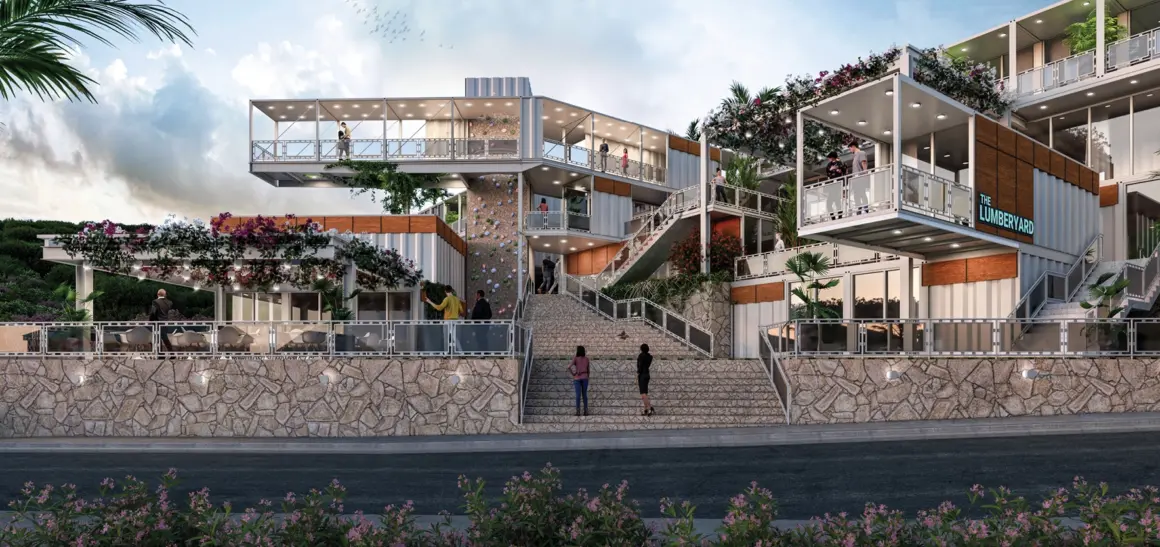Tiny homes have emerged as a popular housing trend, offering a minimalist lifestyle characterized by simplicity, affordability, and sustainability. These compact dwellings, typically ranging from 100 to 400 square feet in size, challenge conventional notions of homeownership and prioritize quality over quantity. In this article, we delve into the allure of tiny homes, exploring their benefits, design innovations, and the unique lifestyle they offer to enthusiasts around the world.
Understanding Tiny Homes: A Modern Solution to Housing Challenges
Defining Tiny Homes
Tiny homes, also known as micro homes or tiny houses on wheels (THOWs), are small-scale dwellings designed to maximize space efficiency and minimize environmental impact. These compact residences often feature innovative design solutions, multifunctional furniture, and sustainable materials, allowing residents to live comfortably and affordably in a small footprint.
Key Features of Tiny Homes
- Compact Footprint: Tiny homes are typically built on trailers or foundations with minimal square footage, making efficient use of space and resources while minimizing construction costs and environmental impact.
- Smart Design: Innovative design strategies, such as lofted sleeping areas, fold-down furniture, and hidden storage solutions, optimize space utilization and functionality, enabling tiny homeowners to live comfortably and efficiently in a small footprint.
- Off-Grid Options: Many tiny homes are equipped with off-grid amenities, such as solar panels, composting toilets, and rainwater harvesting systems, allowing residents to reduce their reliance on public utilities and live more sustainably.
- Mobility: Tiny houses on wheels offer the flexibility to travel and relocate with ease, making them ideal for individuals seeking a mobile lifestyle or temporary housing solutions.
Advantages of Tiny Living
Affordability
One of the primary advantages of tiny living is affordability. With lower construction costs, minimal maintenance expenses, and reduced utility bills, tiny homeowners can achieve homeownership at a fraction of the cost of traditional homes. The affordability of tiny homes makes homeownership more accessible to a wider range of individuals, including millennials, downsizers, and those seeking financial freedom.
Sustainability
Tiny homes prioritize sustainability and environmental stewardship by minimizing resource consumption and promoting eco-friendly practices. From energy-efficient design features to renewable energy systems, tiny homeowners can reduce their carbon footprint and live more sustainably. Additionally, the smaller size of tiny homes encourages a minimalist lifestyle, leading to less consumption and waste generation.
Flexibility and Freedom
Tiny living offers a sense of flexibility and freedom that traditional homeownership cannot match. With the ability to move and relocate easily, tiny homeowners can embrace a nomadic lifestyle, travel to new destinations, and explore different communities without the constraints of a fixed mortgage or long-term commitment. This flexibility appeals to adventurers, digital nomads, and those seeking a simpler, more mobile way of life.
Minimalism and Simplification
Tiny living encourages a minimalist lifestyle focused on simplicity, mindfulness, and intentionality. By downsizing possessions and living spaces, tiny homeowners can declutter their lives, prioritize what truly matters, and cultivate a greater sense of fulfillment and contentment. The simplicity of tiny living fosters a deeper connection to one’s surroundings, promotes mindfulness, and reduces stress and anxiety.
Innovations in Tiny Home Design
Modular Construction
Modular construction techniques allow for the efficient prefabrication of tiny home components in a factory setting, reducing construction time and costs while maintaining quality and durability. Modular tiny homes can be customized to meet individual preferences and lifestyle needs, offering a flexible and scalable housing solution for a variety of applications.
Smart Technology Integration
The integration of smart home technology enhances the functionality and convenience of tiny homes, allowing residents to control various aspects of their living environment remotely. From smart thermostats and lighting systems to home automation platforms and voice-activated assistants, smart technology optimizes energy usage, enhances security, and improves overall comfort and convenience.
Community-Based Living
Tiny home communities offer an alternative housing model that promotes social connection, collaboration, and shared resources among residents. These intentional communities provide a supportive environment where like-minded individuals can come together to live sustainably, share amenities, and cultivate a sense of belonging and camaraderie.
Conclusion: Embracing the Tiny Living Movement
In conclusion, tiny homes represent a modern solution to housing challenges, offering a sustainable, affordable, and flexible alternative to traditional homeownership. With their compact footprint, innovative design features, and minimalist lifestyle, tiny homes empower individuals to live more intentionally, sustainably, and authentically. As the tiny living movement continues to gain momentum, these pint-sized dwellings are reshaping the way we think about home and inspiring a new generation of homeowners to embrace simplicity, sustainability, and freedom.





